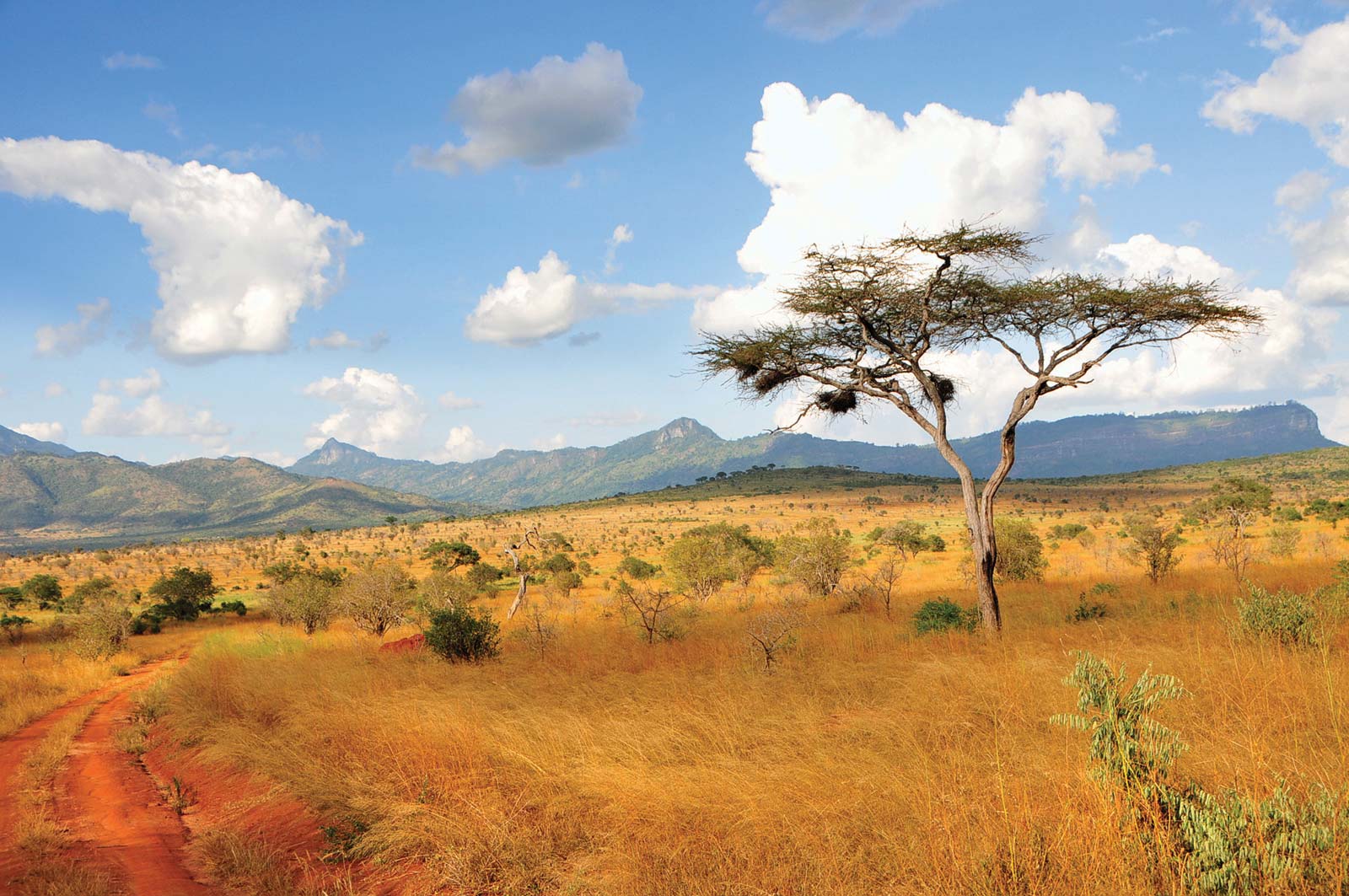As an evolutionary neuroscientist, I’ve spent most of my research hours behind lab walls. However this past summer was a bit different as I decided instead to travel to Kenya as part of the Koobi Fora research team. For most people, this promptly elicits the question, “So why was a neuroscientist in the African savannah for 2 months?” For me, the answer is the same reason why I chose to join a human paleobiology PhD program instead of a traditional neuroscience PhD program: to gain a more holistic perspective of the human brain and how it came to be. In order to fully understand any biological system, such as the central nervous system, we must understand how it was molded by evolution. Directly exploring the archaeological and paleoanthropological records, as well experiencing the diverse landscapes of Kenya as analogues for certain paleoenvironments, provided the invaluable context in which hominin brains evolved.
One of the greatest advantages of our program is that it actively facilitates cross-disciplinary ideas and research between graduate students, post-doctoral scientists, and faculty, each with remarkably different research backgrounds. Areas of expertise range anywhere from paleoecology to genetics to archaeology to neuroscience, all working towards the common goal of elucidating human origins. The power of this approach is that it discourages a pitfall inherent to any specialized area of science, the tendency to succumb to myopia. In its most extreme form, one may be deluded into believing that a single gene, molecule, behavior, or factor accounts for all imaginable biological phenomena (i.e. the “silver bullet”). In contrast, at the hyperopic extreme one would ideally incorporate the whole of collective human knowledge into every scientific hypothesis and claim they ever make. CASHP is conscientiously designed to push away from myopia and push towards a more broadly informed view of human evolution. By drawing upon the methods, concepts, and perspectives of a diverse array of research fields, we are much better equipped to understand any given natural phenomena at multiple levels and integrate these levels into a less biased, more accurate, and ultimately more complete picture.
To better illustrate this point, I’d like to provide the example using a topic that has been long been studied in the realm of psychological sciences; spatial cognition. Psychologist Edward C. Tolman first coined the term “mental map” in 1948 to describe the internal mechanism that allowed animals, from mice to humans, to navigate their environments1. Since then, this topic has captured the interest of a variety of disciplines, each of which has offered a different piece of the puzzle. Below I list which disciplines are best suited to address different aspects of "mental maps".
- What does it do?: Cognitive and psychological sciences; to understand how it functions in a variety of conditions.
- How does it work?: Neurophysiology and neurobiology of animals models; to understand the neural mechanisms underlying spatio-cognitive skills and the integration of incoming sensory information with long-term memory. This approach has rapidly advanced with breakthrough discoveries of place cells, spatial view cells, head-direction cells, and most recently grid cells2-4.
- How does this ability vary within our species?: Psychology, ethnography, cognitive neuroscience and neuroanatomy; using live neuroimaging and post-mortem histology to understand the source and extent of variation in the cognitive abilities and the corresponding neurobiological differences between different populations (e.g. cab drivers vs. bus drivers, people from industrialized vs. hunter-gatherer societies, male vs. female, and ontological changes).
- How does it differ among species, including our own?: Comparative psychology and comparative neurophysiology; to understand the phylogenetic diversity in the form and function of the mental map, and how homologous it is (or isn’t) across taxa.
- What did it evolve to do?: Ecology, primatology, skeletal morphology; to understand the ecological fitness benefits of having an efficient mental map in terms of increasing survival and reproductive success. How the mental map is used in a given species’ ecological setting may be reflected in locomotor adaptations.
- Why did it evolve to its present state?: Archaeology, paleoanthropology, paleoecology; to understand how shifts in technology, body size and proportions, relative brain size, diet and paleoenvironment relate to evolutionary modification of the mental map in the hominin lineage. Katharine Milton5 proposed that enlarged home ranges with patchier food distribution selected for greater spatio-cognitive abilities in primates (but especially hominins) to efficiently navigate their environment.
- How did it evolve to its present form?: Developmental biology and genetics; to understand how changes in certain molecular programs give rise to the neurobiological phenotype that underlies the mental map.
Clearly it is impractical for one individual to become an expert in every one of these disciplines. This is where the power of collaboration comes into play. By designing projects that creatively integrate the efforts of researchers from a variety of disciplines, myopia is minimized as is the risk of your conclusions being later invalidated by factors you never even considered because they were outside of your immediate discipline. As we undergo the Great Migration of CASHP into the newly constructed Science & Engineering Hall, continuously connected laboratories and workstations bring additional opportunities to capitalize on this burgeoning frontier of interdisciplinary science.
References
1. Tolman, E. C. Cognitive maps in rats and men. Psychol Rev 55, 189 (1948).
2. Moser, E. I., Kropff, E. & Moser, M.-B. Place cells, grid cells, and the brain's spatial representation system. Annu. Rev. Neurosci. 31, 69–89 (2008).
3. Hafting, T., Fyhn, M., Molden, S., Moser, M.-B. & Moser, E. I. Microstructure of a spatial map in the entorhinal cortex. Nature 436, 801–806 (2005).
4. Moser, E. I. et al. Grid cells and cortical representation. Nat Rev Neurosci 15, 466–481 (2014).
5. Milton, K. Distribution Patterns of Tropical Plant Foods as an Evolutionary Stimulus to Primate Mental Development. American Anthropologist (1981).


